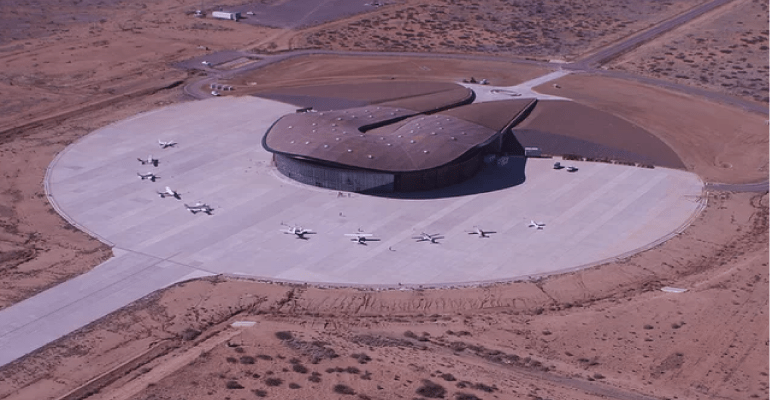
The location of World View kicked off a number of space related businesses seeking to relocate or expand in Pima County. Vector Space was a direct attraction initiated by World View senior management’s meetings with Vector that included positive comments on the County’s support and the development of the Aerospace Research Campus. World View’s customer list includes the “Who’s Who” of the space business with many coming to Spaceport Tucson to collaborate on and participate in mission development and launches.
We very much appreciate having an innovative aerospace company such as World View call Tucson home.
Those were the words of Pima County Administrator Charles H. Huckelberry in a February 8, 2018, Memorandum to the Board of Supervisors about the “superficial damage” from the December 19, 2017, World View hydrogen balloon explosion. Huckelberry remained ecstatic about the economic benefits of “Spaceport Tucson” in which the County had invested $17 million taxpayer dollars. That doesn’t include $24 million in area road expansion and re-routing. It turns out that our neighboring state, New Mexico, had similar hopes and dreams for Spaceport America.
Just like Pima County.
Ingrid Burrington, writing in The Atlantic (tells the story of that state’s $220 million (and counting) “sad bet on space exploration.” Spaceport America, near Truth or Consequences, has been ready to go since 2010, but its anchor tenant, Virgin Galactic, has yet to launch its first space-tourist voyage to the edge of space. That trip is priced at $250,000, so maybe World View’s $75,000 price tag is really a bargain.
Spaceport America also had a bad test flight, in 2014, but it left the copilot dead and the pilot severely injured. World View’s balloon explosion was, fortunately, unmanned. And like World View, Spaceport America is very close-mouthed about its operations; it took a month for Supervisor Ally Miller’s demand for accountability to materialize from Huckelberry. We’re still waiting for a promised comprehensive independent damage report.
Burrington found an “unavoidable and disconcerting truth” in her investigation. “The romance and promise of the American West,” she writes, “was built, in part, on federal land grants to private corporations that promised to bring boomtowns to places previously otherwise deemed uninhabitable wastelands. Cities rose and fell with the rerouting of railroads.” She notes that other would-be spaceports, like Oklahoma’s Air and Space Port, “seem to be even more like ghost towns than this one…It doesn’t feel like the frontier of private space travel so much as a movie set.”
She notes that the “dormant industrial park” has, in fact, been used as a movie set, and that tour bus videos inadvertently underscore that, in reality, “the spaceport is a futurist tourist attraction, not an operational harbor to the cosmos.” Local politicians and bureaucrats continue to promote optimism. Sounding like a Huckelberry echo, the Las Cruces marketing coordinator is quoted saying, “It feels exciting. It’s like the future is now…it’s…going to put Las Cruces and our region on the map.”
Just like Pima County.
Vector Space Systems, whom Huckelberry cites as coming to Tucson due to World View’s presence, is hedging its bets, setting up shop recently at Virginia’s Mid-Atlantic Regional Spaceport. Burrington points out that Spaceport America “uses the promise of progress as a smoke screen from very real concerns over taxpayer funding and public accountability.”
Just like Pima County.
She adds, “…at the end of the day, Spaceport America is a publically financed resource mainly serving private companies, built on a long-stalled promise of bringing new money and a daring new tech industry to a jobs-hungry and very poor region…concerns over public concessions to private industry demands for secrecy and tax breaks (along with questions of whether the project’s benefits will actually be felt by residents who need them the most) remain more or less the same.”
Just like Pima County. Is anybody listening?
